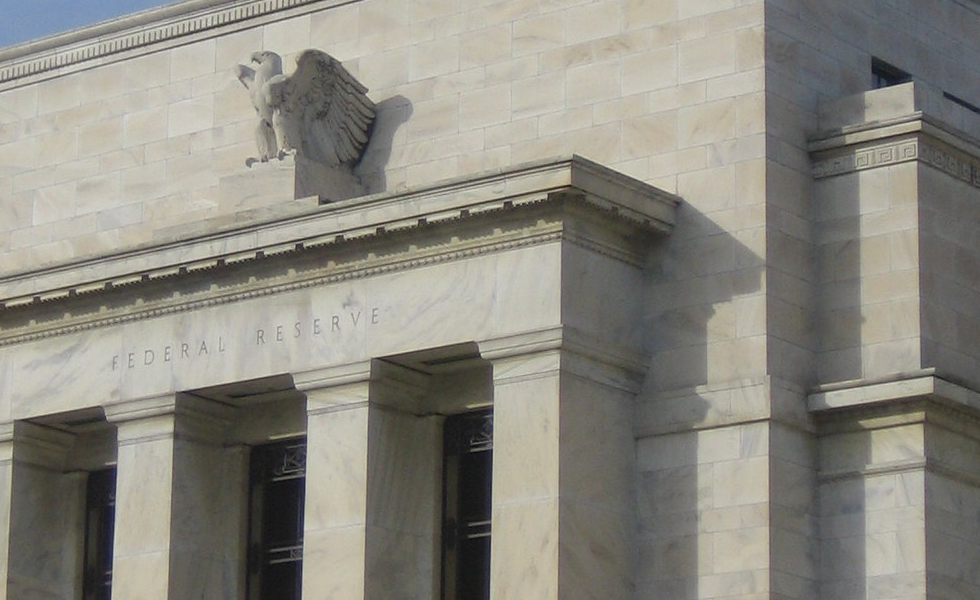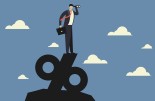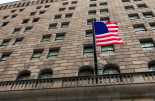State Street SPDR ETF: The Different Stages of the Fed Cycle
State Street SPDR ETF: The Different Stages of the Fed Cycle

By Antoine Lesnè, Head of SPDR ETF Strategy & Research EMEA
While inflation has started to moderate in the US, the level remains broad-based and any emerging economic weakness from the 175bps of hikes already delivered is modest and does not fully illustrate the slowing in demand the Open Market Committee of the Federal Reserve was seeking.
Given the current inflation environment, we believe we are still in the first stage of a three-pronged policy cycle that could be summarised as follows:
- Upside surprises on inflation still fuel the debate on 50 versus 75 bps hikes and focus on inflation.
- Once peak inflation is past (and we hope that’s a when not an if), phase two will show the Fed as more sensitive to signs of a slowing economy. But it may be too early to call for the end of the policy cycle until it decelerates toward the 2% target.
- The last phase is when rate hikes are fully complete. Based on current market expectations, we are still 125 to 150 bps away from the finish, and pointing to a full curve inversion, way past the neutral rate. What move comes next will depend on how aggressive the Fed has been and how painful it is for the economy.
Of Timing and Inversion: When Will All This End?
Timing the end of the cycle is challenging if the 2y-10y and 3m-10y spreads (and curve inversions) are used as indicators of forthcoming recession. Looking at the past few cycles, the inversion of the 10y-30y part of the curve has historically happened before or around the end of the policy cycle (1979, 1981, 1984, 1986, 1989, 2000, 2006). We are not there yet, but the bear flattening that occurred so far this year could be telling us that we may not be that far away. It may still mean that we see more hikes than are currently priced in.
Fed Fund Rate, 10-30-Year Spread
Finding a Home in Fixed Income: Contrarian Focus on Convexity and the Long End?
Long-duration fixed income exposures have suffered since the beginning of the year as the market priced in the normalisation of monetary policy and higher inflation. However, one can view this yield normalisation as offering a relatively more attractive level to re-build convexity in the portfolio. The risk remains given the extreme sensitivity of over 10-year US bond indices, with duration ranging from close to 14 in investment grade corporate and 18 in the US Treasury space. If we see progress in the battle against inflation, a case for a more anchored long end could be made.
September has not historically been a strong month for over 10-year corporate indices, with an average return of 19 bps (ranging from 5.22% in 2003 to -9.67% in 2008, while the second-worst September was in 2014 at -2.91%).
Nevertheless, over previous full tightening cycles, even long-end corporate bonds have fared positively. While every situation is different, and some commentators have gone back to 1974 to find similarities, convexity, some carry and yields over 5% with lower corporate default risk versus high yield may present opportunities.
Total Return over Past Tightening Cycles







